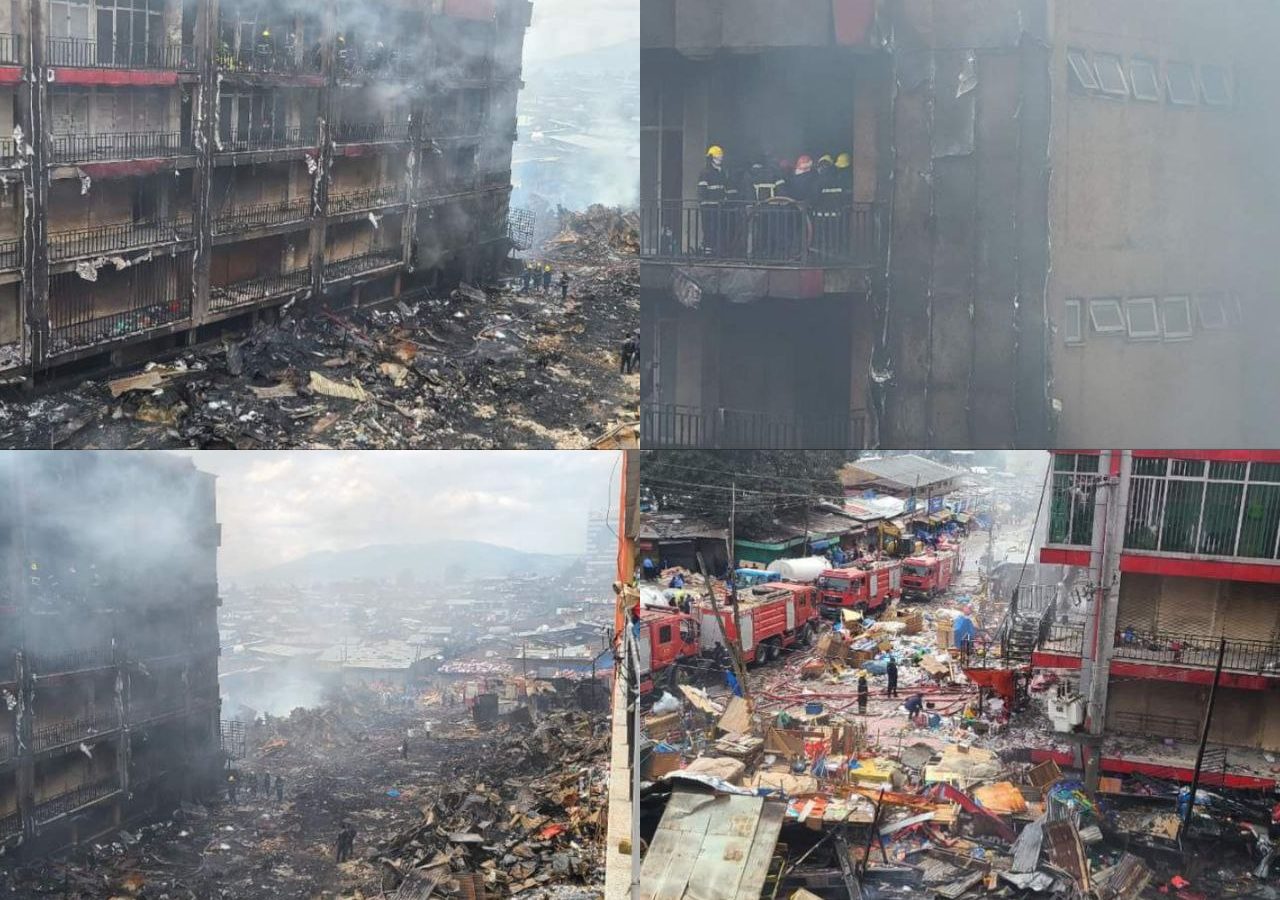Commentary: Unearthing Somali region’s food security: The buried treasure in Shabelle basin

By Ali Regah @aregah
Addis Abeba – Africa’s dependence on foreign food supply has been exposed by the escalating Russia-Ukraine conflict, raising a pivotal question: Why is Africa unable to produce its own food? Such a question directs our attention to ground-level resources such as rainfall and river water availability, alongside determinants such as arable land and the state of irrigation across the continent. A key consideration is Ethiopia, commonly referred to as Africa’s ‘water tower’, owing to its extensive network of rivers funneling water to neighboring nations.
Successful food production necessitates a number of elements: arable land, a robust workforce, commitment from communities for cultivation, and energy to pump water from existing rivers. For instance, the Somali Region has two primary rivers, the Genale and Shabelle. Over the past few years, there has been an upswing in investment in irrigation, with crops like onions from Kalafo beginning to find markets beyond regional boundaries. However, it seems that the scale of production remains limited.
The Gode and Shebelle basins, in particular, hold enormous potential to fulfill much of the food production requirements of the country and boost animal productivity. Yet, there are still sights of animals perishing near roads paralleling fertile land and running rivers. One major driver for this is the climbing fuel prices and challenging energy availability. Though Ethiopian hydropower electricity has played a pivotal role in propping up the town of Gode, its use is largely restricted to lighting, which, while essential, is certainly not adequate.
Foremost, a significant shift is required to modernize our irrigation systems. In fact, moving beyond individual farming towards large-scale, expert-led agriculture could prove transformative. This change, paired with efforts to involve communities and ensure market opportunities, could dramatically elevate earnings and boost exports. Historical precedents like Somalia’s banana exports using Shabelle river water way back in the 1970s demonstrate the real potential of the Somali region in Ethiopia for agricultural outputs such as banana and sesame.
The chance to evolve and prosper lies within Shabelle and Gode, as they can become nourishing powerhouses for Ethiopia and potentially for the whole of Africa.”
Another facet to explore is the electrification of large tracts of arable land. With the installation of electric surface pumps operating alongside solar energy, these lands could significantly contribute to not just the local, but also national and regional food security. Realizing this vision, however, necessitates government commitment, community mobilization, and extensive investment. Creative strategies like profit sharing and public-private partnerships could prove beneficial in areas where salaried work is not culturally preferred.
The transformation could be profound – envision Gode growing into a major metropolitan hub, complete with direct exports of horticulture and livestock products from its airport. The employment opportunities generated through agricultural development in the Shabelle basin could also be substantial. Indeed, the Asian conflict serves as an impetus for Africa to take strides towards bolstering its own food security.
While climate change continues to pose challenges for the horn of Africa, threatening traditional modes of sustained livelihoods like pastoralism, alternatives like large-scale animal fattening using regional resources also open up. Purchasing weak livestock from pastoralists at fair prices, reconditioning them with locally-produced fodder, and setting up slaughtering centers under veterinary supervision could lead to massive improvements in the quality of meat exports.
Shabelle basin has fertile land and a perennial river, but its community still depends on food aid and imported food for their survival. Irrigation development in this basin will not only increase food availability in the zone but also generate foreign currency from exporting surplus production. It only needs being serious to invest and avail easily accessible loans and technical support for the communities. The recent restriction of food aid after the aid diversion report had a very difficult impact on most vulnerable communities in Ethiopia. GERD electricity is flowing like the water in Shabelle, the soil is waiting to produce and the workforce is sitting idle.
In conclusion, the potential for change and growth is vast, awaiting initiative and action. The chance to evolve and prosper lies within Shabelle and Gode, as they can become nourishing powerhouses for Ethiopia and potentially for the whole of Africa. The call to action is significant: Don’t wait, let’s mobilize to create paradigm shifts in agriculture and unlock a self-sufficient future.
The government’s commitment, strategic investment, and concerted efforts from various sectors are paramount.”
The lion’s share of this transformation can be traced back to the otherwise dusty agricultural lands of the Shabelle basin. Transforming these lands into flourishing farms entails meticulous energy management and strategic investment in agricultural development. At the helm of this transformation is the Ethiopian government, entrusted with the crucial task of coordinating resources and implementing policies that encourage financial institutions to support this endeavor.
One of the potential solutions to this challenge is establishing a semi-autonomous agricultural enterprise that could steer the development in the Shabelle basin. Large-scale mechanized agriculture should be prioritized over small-scale farming. While individual farming can generate income, it cannot match the productivity and income potential of large-scale operations.
The path towards this agricultural revolution is challenging but not unattainable. The government’s commitment, strategic investment, and concerted efforts from various sectors are paramount. Indeed, the resources and the will exist, and the transformation of the Shabelle basin into a food-basket powerhouse is waiting for the silver bullet – strategic action.
In a nutshell, the key to Ethiopia’s food security is likely buried just beneath the surface of the Shabelle basin, waiting to be unlocked by efficient energy use, robust policy implementation, and scaled-up agricultural practices. The efforts are present, and the potential is significant – a miracle just waiting to happen in the very heart of Ethiopia. AS
Editor’s Note: Ali Regah is a WASH Coordinator, Somaliland/Somalia at Oxfam Novib. He can be reached at aregah@gmail.com








